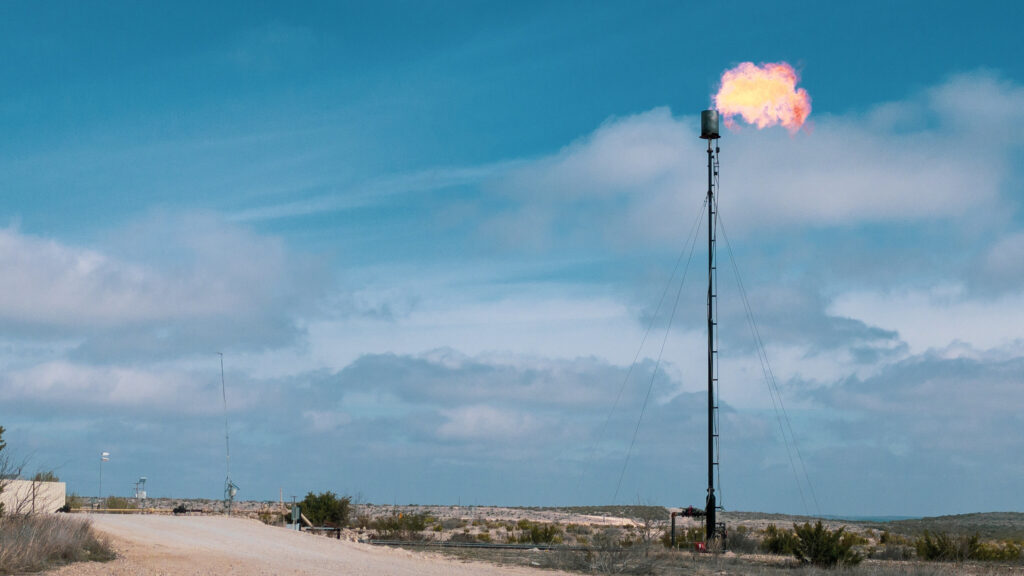
When talking about the causes of climate warming, it is common practice to bundle together various pollutants and express their effects in terms of “CO2 equivalence.” This involves comparing climate effects of the pollutants on a 100-year timescale. Recent research from the Institute for Advanced Sustainability Studies in Germany points out the problems with this approach.
One of the worst qualities of carbon dioxide is that it accumulates in the atmosphere. Once it gets there, it stays there for anywhere from decades to millennia. On the other hand, short-lived climate forcing pollutants – or SLCPs – stay in the atmosphere for significantly shorter periods. However, some of these are far more effective at trapping heat in the atmosphere. As a result, the atmosphere and climate system react much more quickly to reductions in the emission of these pollutants.
The IASS research study determined that reducing SLCP emissions is an important way to slow near-term climate warming as well as having other positive benefits such as reducing air pollution and improving crop yields. A number of studies indicate that a rapid reduction in SLCP emissions could slow the rate of climate change and reduce the risk of triggering dangerous and potentially irreversible climate tipping points.
Examples of SLCPs are the methane gas emitted from landfills and hydrofluorocarbons that are still widely used as coolants. HFCs only persist in the atmosphere for 15 years but are nearly 4,000 times more effective in trapping heat over a 20-year period.
In order to mitigate the most harmful consequences of climate change, we need to minimize both the near-term climate impacts of SLCPs and the long-term climate impacts of carbon dioxide.
**********
Web Links
More Than Just CO2: It’s Time To Tackle Short-Lived Climate-Forcing Pollutants
Photo, posted March 10, 2020, courtesy of Jonathan Cutrer via Flickr.
Earth Wise is a production of WAMC Northeast Public Radio.
Leave a Reply